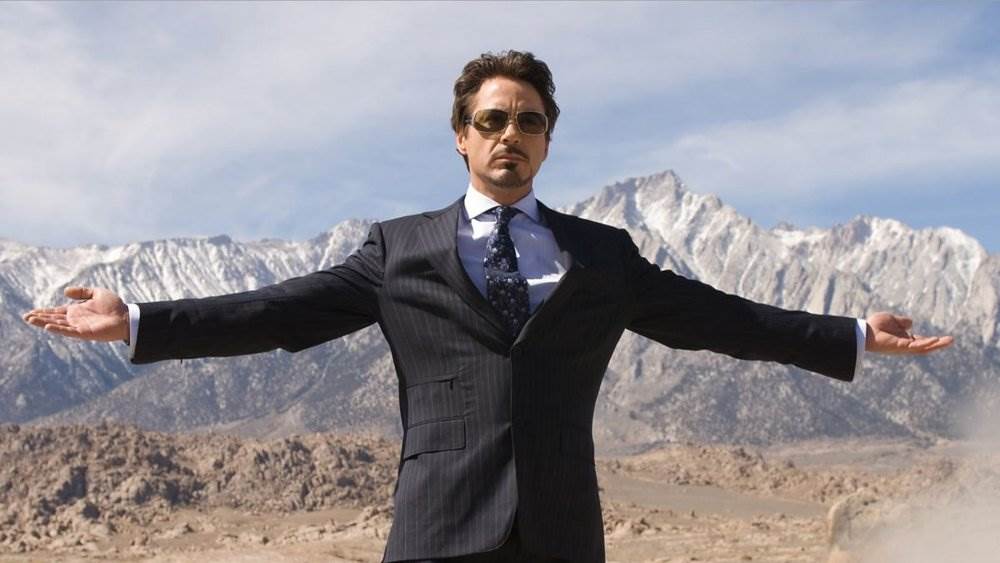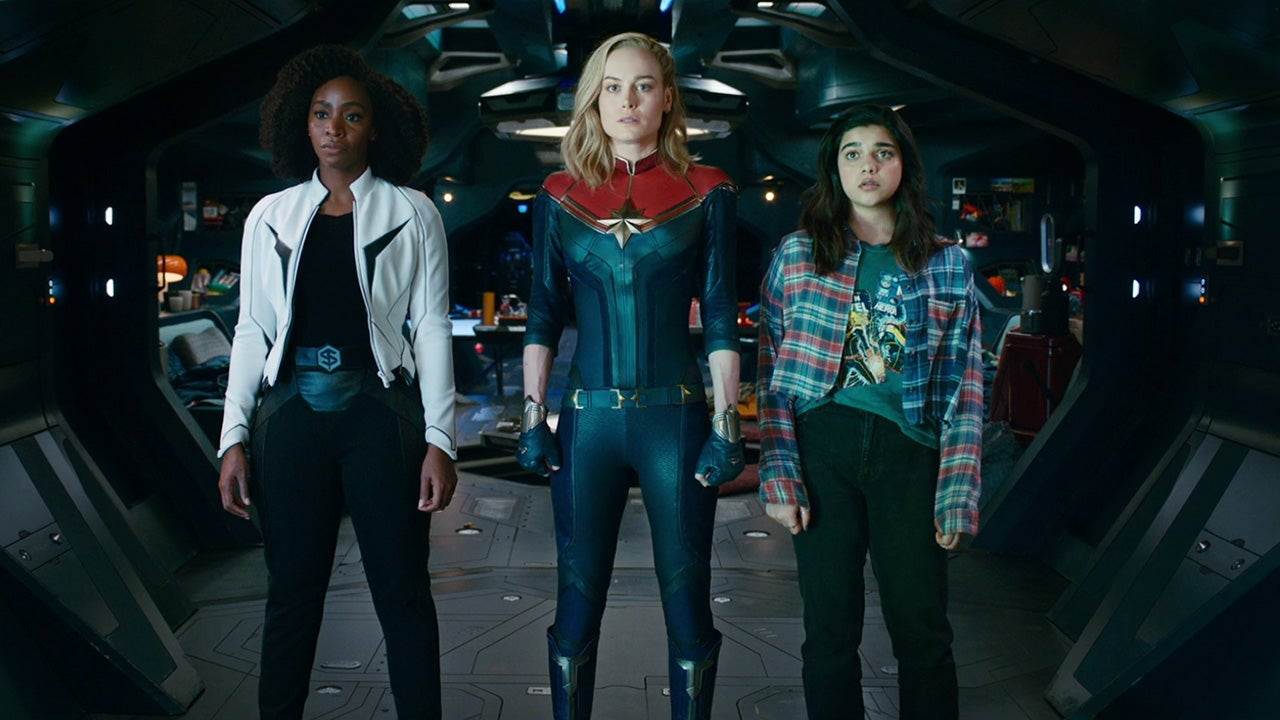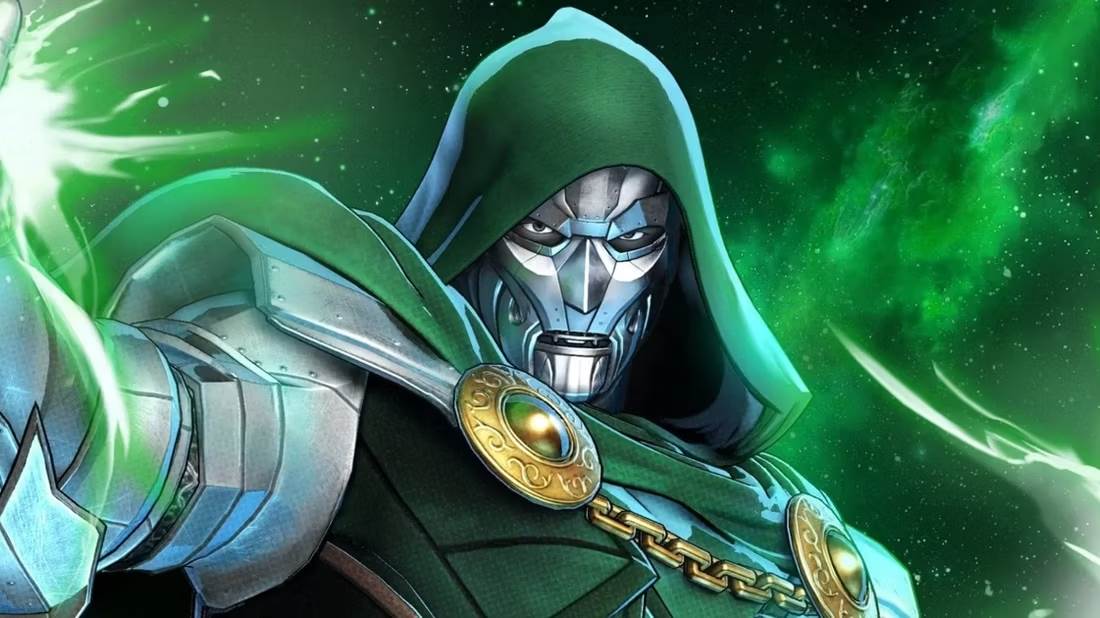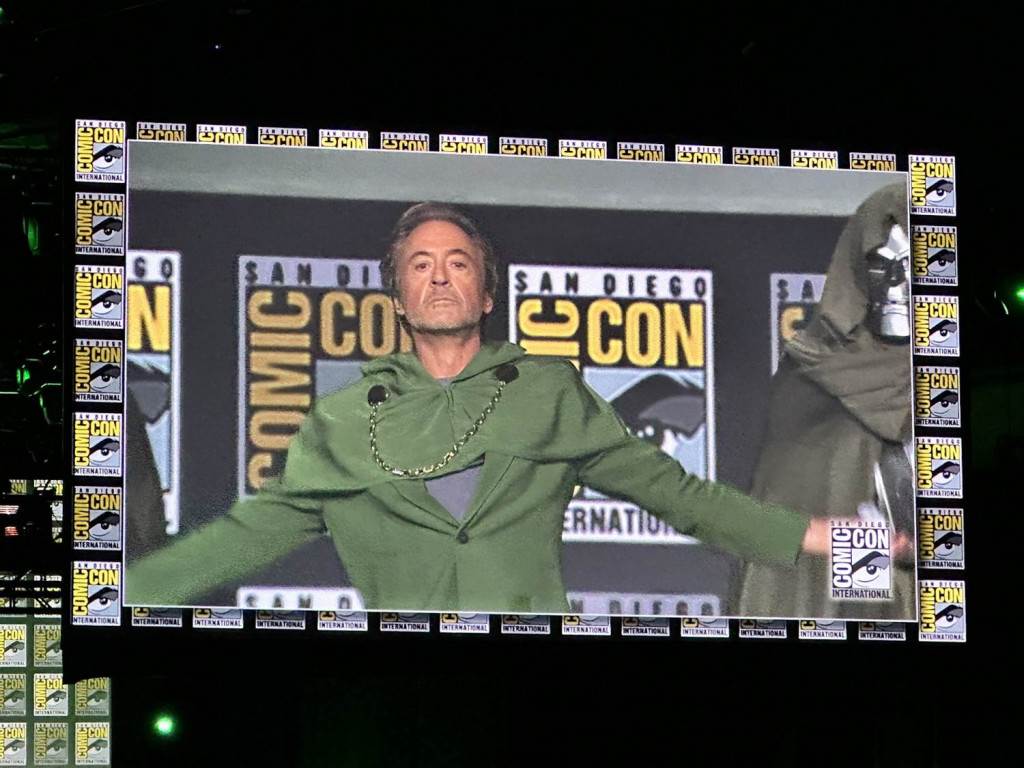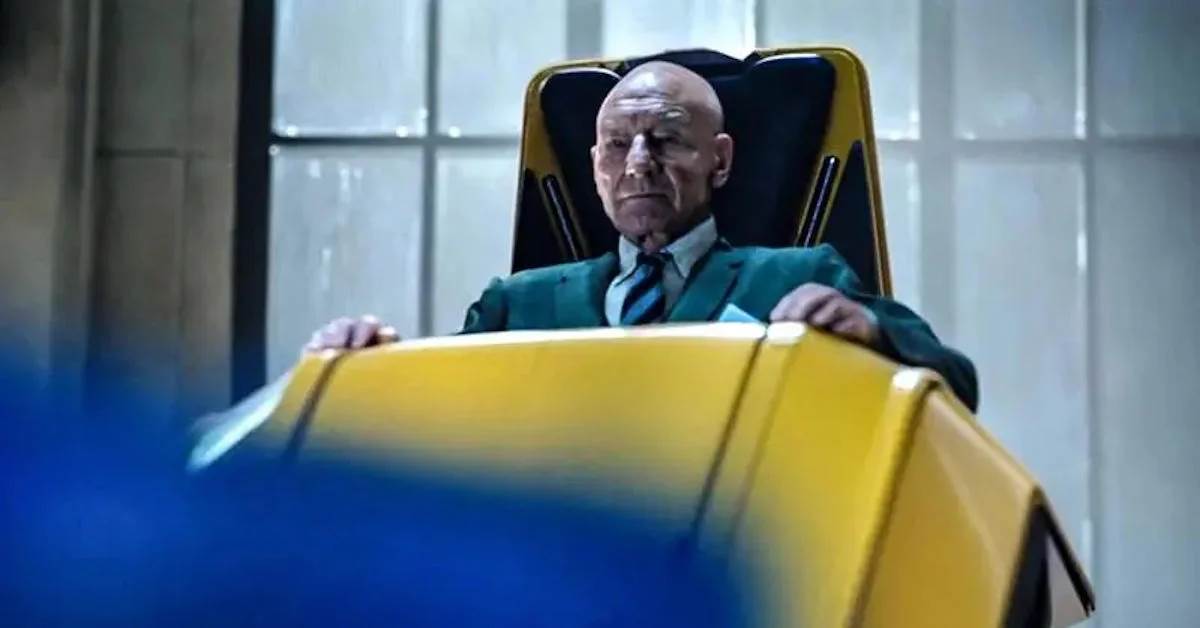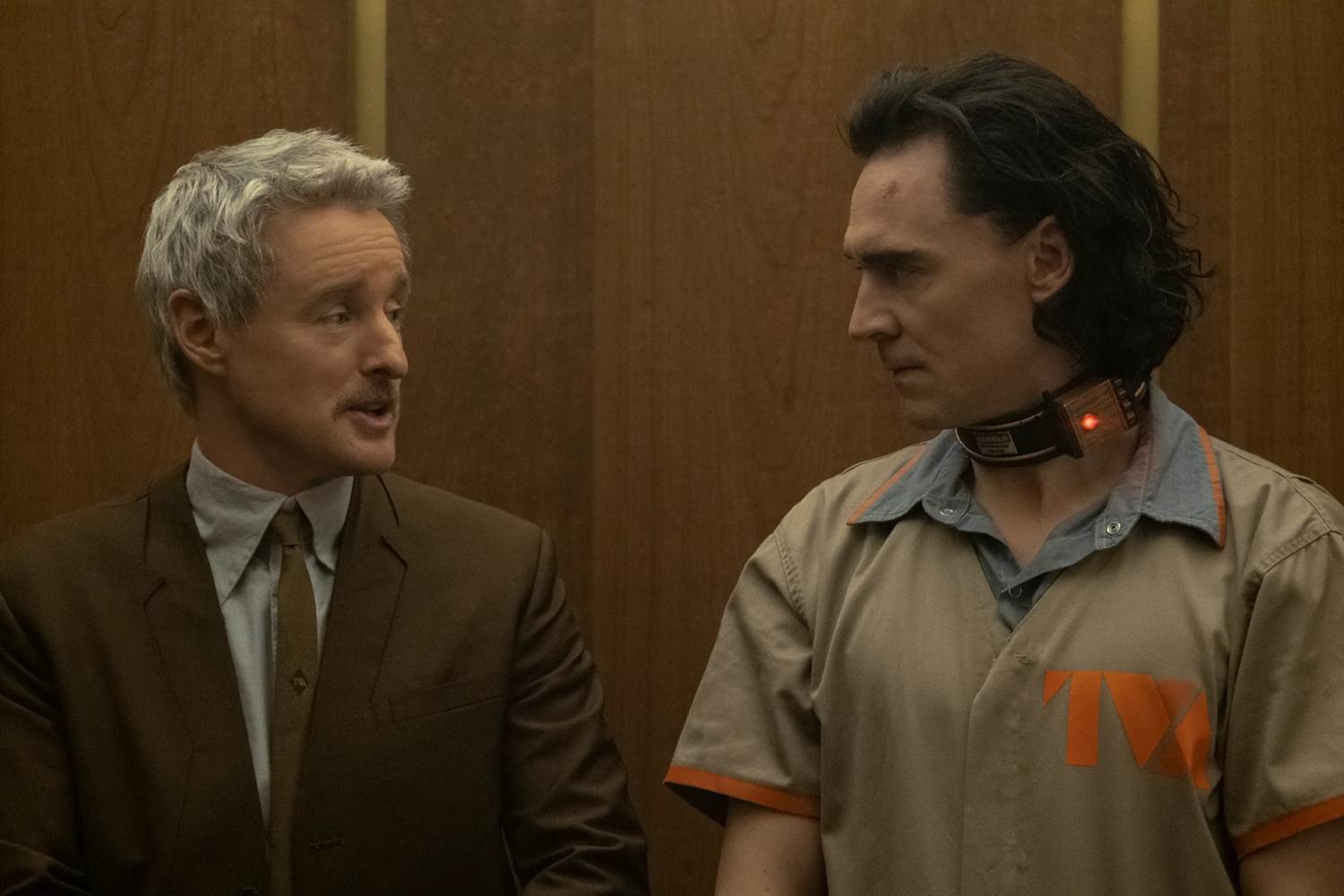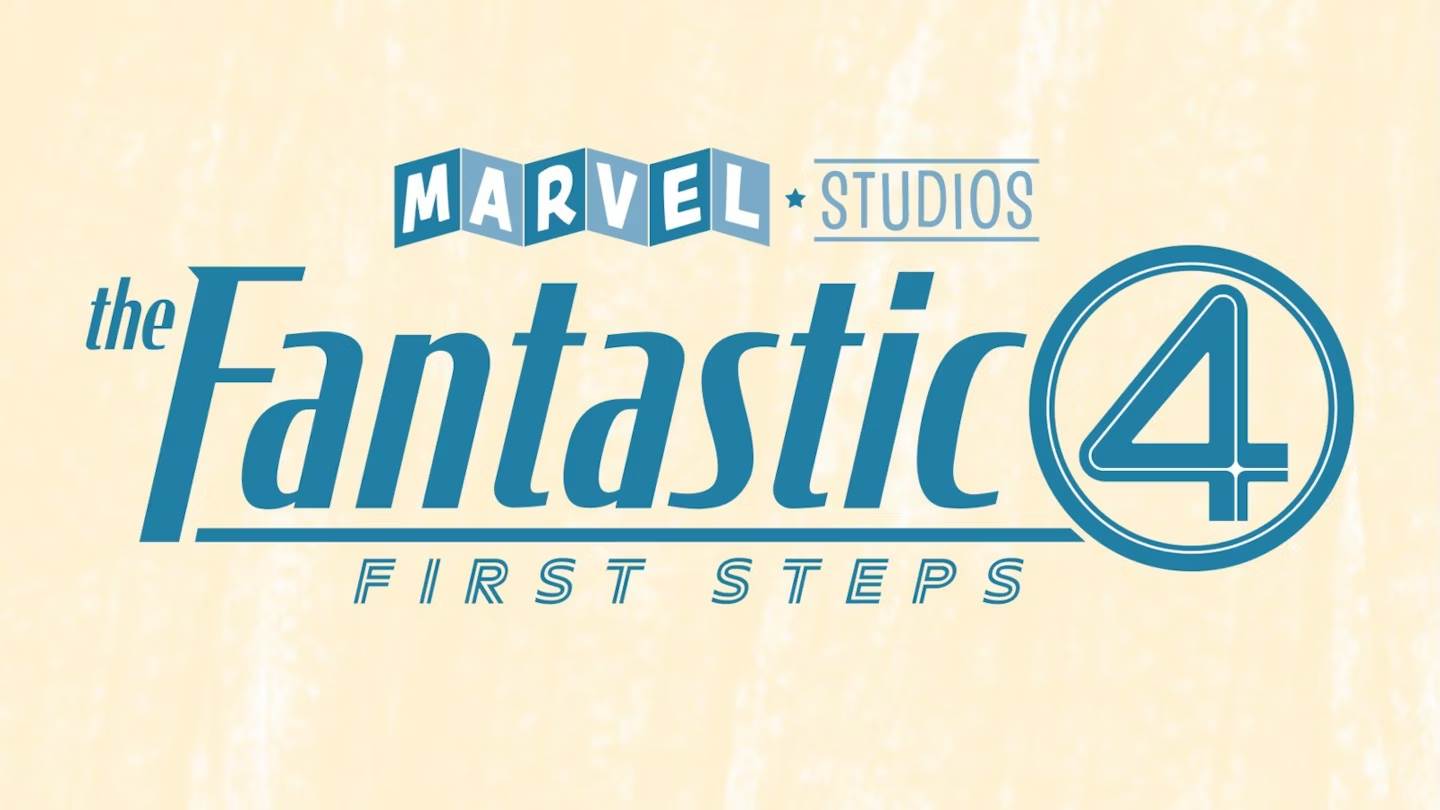Robert Downey Jr. is Back – Is Doomsday Coming for Marvel Studios?
“You either die a hero, or live long enough to see yourself become the villain." - Harvey Dent, The Dark Knight Rises
Truer words were never spoken, at least as far as Robert Downey Jr. is concerned (even though this quote is from the DC Universe).
On July 27, 2024, during Marvel Studios’ panel at San Diego Comic-Con, Downey turned the Marvel Cinematic Universe and its fans on their collective heads. On the stage in Hall H, the legendary actor behind Tony Stark/Iron Man - the centerpiece character of the MCU - sneakily took the stage behind the mask of Doctor Victor von Doom, revealing in dramatic fashion that he will be playing the lynchpin villain of the next two Avengers films - Avengers: Doomsday, scheduled for release May 1, 2026, and Avengers: Secret Wars, scheduled for release May 7, 2027.
Image: Disney
Downey’s unmasking instantly became an iconic moment in the history of the MCU. The reveal was made in front of 6,000 frenzied fans and media, who erupted in a chorus of cheers and screams worthy of a crowd three times its actual size. The news was captured on video by many inside the room, shared within minutes on social media, and immediately sent shockwaves through the world of entertainment, comics, and fandom.
While this epic reveal no doubt made its intended gigantic splash in the entertainment world, it hasn’t been met with universal applause. Let’s take a look at what is happening here, the possible implications of this decision, and how we think this may play out.
Robert Downey Jr. - Savior of the MCU?
When I first learned of Marvel's announcement of Downey’s return to the MCU as Doctor Doom, my initial reaction was one of excitement and elation. The actor who provided the heart and soul of the MCU for eleven years through his incessantly charming portrayal of Tony Stark, has been sorely missed since Stark gave his life for humanity in 2019's Avengers: Endgame. The fanboy in me will always enjoy more Downey. His magnetism is unparalleled by anyone else in the MCU, including complex and memorable characters like Captain America and Loki.
Image: Disney
With a couple days to think about it, my feelings have grown more mixed. Sure, I love Downey, and his portrayal as Tony Stark has been brilliant. Stark’s ultimate sacrifice in Avengers: Endgame was cinematic perfection - the kind of moment that deserves space to breathe. To never see Tony Stark again in the MCU would be the perfect way to honor Iron Man's sacrifice.
But we aren’t seeing Tony Stark (at least, so far as we know - more on that ahead). So what’s the problem? It’s quite simple - for many (maybe most) fans of the MCU, Downey as an actor is virtually inseparable from Tony Stark. The two personalities are inextricably linked to one another. To see Downey return in any capacity in the MCU will inevitably draw comparisons and skepticism. When we see Downey, we see Tony Stark, especially if it’s anywhere within 100 miles of the MCU. That will never change, nor should it.
So how can Marvel Studios use Downey to jumpstart the sputtering MCU without undoing the ultimate sacrifice of its best character? That’s the million-dollar question (or should I say, the many-million-dollar question).
A Struggling Franchise
Since the release of Avengers: Endgame, which essentially represented the conclusion of Phase 3 of the MCU timeline, Marvel Studios has been struggling to present new and engaging ideas, stories, and characters. Sure there have been some hits, like Spider-Man: No Way Home, Guardians of the Galaxy: Vol. 3, WandaVision, and Loki. But those have been more than offset by misses such as Ant-Man and the Wasp: Quantumania, The Marvels, Thor: Love and Thunder, She-Hulk: Attorney at Law, and Secret Invasion.
Image: Disney
Marvel Studios has been accused in recent years of lacking in creativity, imagination, and vision. The once-unstoppable juggernaut has struggled to offer content approaching the emotional impact of the Infinity Saga (though a few pieces, like Loki and Guardians 3, have come close).
Disney’s 2019 acquisition of 21st Century Fox’s X-Men franchise and the immense success of the recently-released Deadpool & Wolverine have given the MCU a much needed shot in the arm. But many critics and fans alike have doubts as to whether Marvel Studios can still create something new and fresh, not simply adopt properties from elsewhere and fit them to Disney’s playbook. And when viewed within this context, the Downey play smells of desperation.
Granted, we do not know Marvel’s plans for the next few films. They could have the next best idea written on a card hiding up their sleeve, and we just haven’t been let in on the secret. But what if they don’t? What if this is simply Marvel Studios paying Downey to pop in, be himself, and catalyze the struggling MCU. Time will tell on that.
Let’s look at a few possible scenarios for how Downey could play Doctor Doom, but first let’s learn a bit about the villain himself.
Doctor Doom
Victor von Doom was created by Disney Legends Stan Lee and Jack Kirby, first appearing in the comic The Fantastic Four #5 in July 1962. In his comic book appearances, Doctor Doom is depicted as a monarch of the fictional Latveria, whose goal is to bring order to humanity through world conquest.
Doom has a scarred face from an accident and wears an iron mask and armor to hide his true face. He is considered a brilliant mind and scientist, and is also a sorcerer with skills in magic matching the most powerful beings in the universe. Doom’s brilliance is equaled by his ego (sounds like a good match for Downey) and will power.
Primarily, Doctor Doom has been the archenemy of Reed Richards and the Fantastic Four (who coincidentally will be coming to movie theaters in July 2025), though he has also come into conflict with other superheroes in the Marvel Universe, including Spider-Man, Iron Man, Doctor Strange, Black Panther, the X-Men, and the Avengers. While usually portrayed as a villain, Doom has also been an ally at times, working with heroes if their goals align and only if it benefits him.
Doctor Doom ranks highly in lists of the greatest comic book villains of all time, and is arguably the greatest villain in Marvel Comics, alongside Magneto from the X-Men franchise.
The Next Big MCU Villain
So how could Marvel actually pull off using Downey as Doctor Doom, without it looking entirely like a stunt?
Let’s start with the first, most straightforward scenario, where Downey plays Doom primarily in a voice role. Other than his voice, Downey would remain behind the mask, and Doom’s face would either be heavily made up or partially/completely computer-generated in the moments when the mask comes off. This strategy would allow Marvel to limit Downey’s physical appearance, therefore alleviating the visual connection to Tony Stark, while allowing Downey to add his signature cachet to a villain that should be much more interesting than Thanos, the franchise’s previous big-bad. Of course, Downey’s cachet could very well drift towards a Stark-like charm, which would be fitting of Doom’s comic book personality, in which case we are again left to compare and contrast the two characters.
Could Downey Be Another Multiversal Cheat Code?
Alternatively, Marvel Studios could pull a page out of its recent playbook and reinvent the character of Doctor Doom as a multiversal version of Tony Stark, allowing Downey to infuse Doom with a very believable dose of Stark’s (and Downey’s) vanity and brilliance.
But this scenario is rife with downside. The multiverse is a wild place, chock full of confusion, fuzzy lines, and indefinite, neverending destinies. Unfortunately, the multiverse is also a place that has the potential to harbor lazy storytelling, being increasingly leaned on as a “cheat code" to alter or reinterpret previous storylines.
In recent years, the multiverse has served as a way to resurrect fallen favorites. This strategy was heavily used in the 2021 film Spider-Man: No Way Home. Fans not only got to revisit previous iterations of the famous webslinger, but also saw rematches with several previously-defeated villains, including Green Goblin, Doctor Octopus, Sandman, and others. While the film was hugely successful financially and was visually stunning, it was also viewed by many as a cash grab, paying fan service to comic loyalists pining for another glimpse of their favorite hero or one of his many villains.
Image: Disney
Marvel has also used the multiverse as a way to workshop ideas for future plotlines. This strategy was used in 2022's Doctor Strange in the Multiverse of Madness, where Marvel teased audiences with a taste of the X-Men and the Fantastic Four. This may have been Disney’s way of taking a few of their recently acquired 21st Century Studios properties out for a test drive. But Marvel was also likely workshopping a few characters in a sort of multi-hundred-million-dollar focus group to test audiences worldwide. Either way, the film gave audiences a taste of several returning or reimagined characters, with relatively low stakes, courtesy of the multiversal safety net.
The Multiversal Problem
Going forward, the multiverse continues to present two major problems for the MCU.
First, confusion is inherently present in the concept of a multiverse, where places and timelines intersect in neverending ways. Confusion leads to frustration, and eventually frustration leads viewers to turn away. One good way to kill a cinematic audience is to drive them away with overly confusing plotlines. Doctor Strange in the Multiverse of Madness and Ant-Man and the Wasp: Quantimania are two of the most frustrating films I’ve ever watched. I was so discouraged by both films that I never watched either one a second time. Amazingly, the Loki series managed to keep the overarching concept of the multiverse reasonably understandable, while massaging the confusion with enough of Tom Hiddleston and Owen Wilson’s collective charm to keep viewers engaged.
Image: Disney
Second, when any event can be erased or rewritten to reverse course in a future story, it completely cheapens the significance of that event in the first place. Does it even matter that the Green Goblin met his demise in 2002’s Spider-Man, if an alternate version of him can return to terrorize Peter Parker in 2024’s Spider-Man: No Way Home? Going back to Loki (the character), the emotional moment of his murder at the hand of Thanos in Avengers: Infinity War was completely undone by his resurrection (thanks to an alternate timeline) in the Loki series.
This brings us back to Tony Stark. As Iron Man, Stark made the ultimate sacrifice to save the world, capping Downey’s spectacular ten-film, eleven-year run in the MCU. The moment was heartbreaking, because of the perceived permanence of Stark’s death. If the presentation of Doctor Doom relies on reimagining an alternate version of Tony Stark, then the impact of the “original" Stark’s sacrifice is watered down like those last few sips of iced coffee sitting in the bottom of a previously forgotten plastic cup.
Back to the Beginning
Image: Disney
With two new Avengers films on the horizon for 2026 and 2027, we cannot overlook The Fantastic Four: First Steps, which is scheduled for release July 25, 2025. This Marvel franchise has long been in need of a reboot, and has never been a part of the MCU, save for a couple multiversal cameos (speaking of multiversal fan service). The upcoming film boasts a star studded cast playing the heroes, who happen to be historically linked to Doctor Doom - the long-standing archnemesis of the foursome. Though Disney and Marvel have announced nothing about a Doctor Doom appearance in this film, all signs point to a teaser at a minimum. This would allow the super-villain to take his “first steps" into the MCU, much like Thanos did over the course of several films leading up to the conclusion of the Infinity Saga.
Is there a way for Marvel to creatively bring Robert Downey Jr. back into the MCU without slapping a multiverse label all over his role in the upcoming films? Only a few select people at Marvel know the answer to that question. Heck, Marvel may be workshopping this as we speak, testing the waters on social media following their splashy presentation of Downey on that stage in Hall H.
Like a certain someone once said - “The truth is… I am Iron Man."
Hmmm…I guess truer words were spoken.




